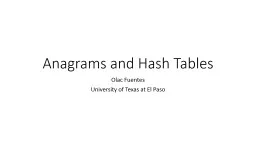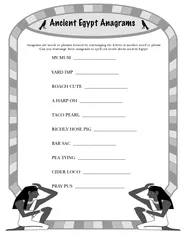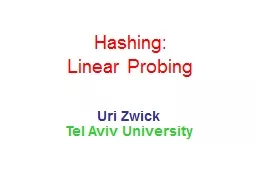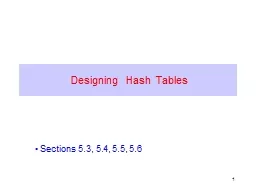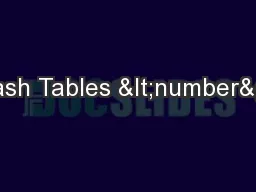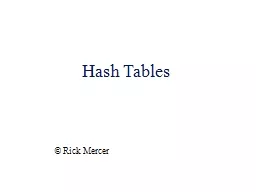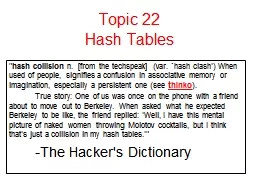PPT-Anagrams and Hash Tables
Author : tatiana-dople | Published Date : 2017-07-18
Olac Fuentes University of Texas at El Paso Can we find anagrams in constant time Yes with time Ov to preprocess the words where v is the size of the vocabulary
Presentation Embed Code
Download Presentation
Download Presentation The PPT/PDF document "Anagrams and Hash Tables" is the property of its rightful owner. Permission is granted to download and print the materials on this website for personal, non-commercial use only, and to display it on your personal computer provided you do not modify the materials and that you retain all copyright notices contained in the materials. By downloading content from our website, you accept the terms of this agreement.
Anagrams and Hash Tables: Transcript
Download Rules Of Document
"Anagrams and Hash Tables"The content belongs to its owner. You may download and print it for personal use, without modification, and keep all copyright notices. By downloading, you agree to these terms.
Related Documents

